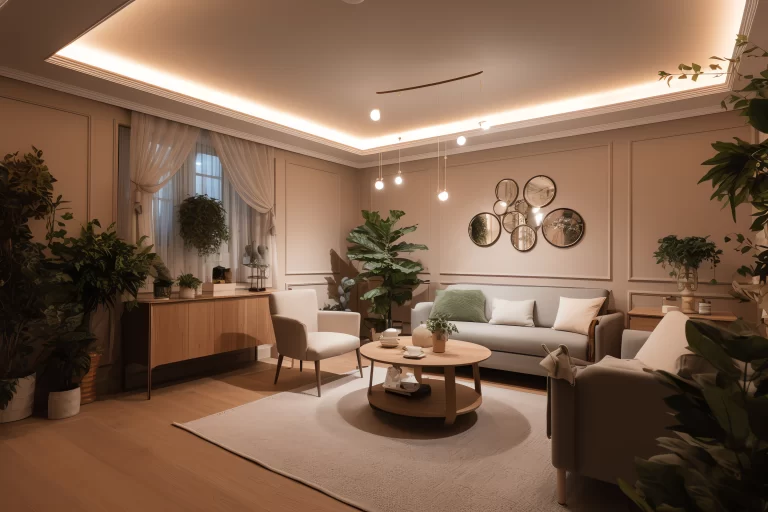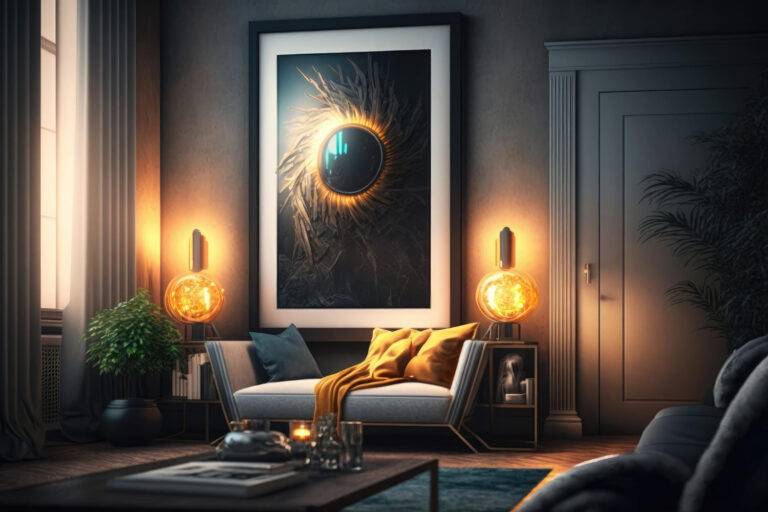BY ANAND SHANKAR
In the rich tapestry of Hindu Indian culture and beliefs, Vaastu Shastra stands as a guiding light, offering profound insights into the harmonization of spaces with cosmic energies and natural elements. Rooted in ancient wisdom and steeped in spiritual tradition, Vaastu Shastra transcends mere aesthetics to delve into the intricate science of energy balancing. Let us embark on a journey to unravel the profound depths of Vaastu Shastra and its transformative potential in creating balanced, harmonious environments.
The Sacred Directions: At the heart of Vaastu Shastra lies the sacred significance of cardinal directions, each imbued with distinct energies and attributes that resonate deeply with Hindu Indian culture and beliefs.
North (Uttar): Symbolizing wealth and prosperity, the north direction holds great significance in Hindu culture. It is associated with Kubera, the lord of wealth, and harnessing its energies effectively in design can foster abundance and financial growth.
South (Dakshin): Radiating strength and stability, the south direction embodies the steadfastness and resilience revered in Hindu mythology. It is associated with Yama, the god of death, and anchoring spaces in the south can instill grounding energies, ensuring stability and security.
East (Purva): Illuminating with the dawn of enlightenment, the east direction holds profound spiritual significance. It is associated with Surya, the sun god, and symbolizes vitality, inspiration, and new beginnings. In Hindu culture, facing east during prayers and rituals is considered auspicious.
West (Paschim): Embracing creativity and social connections, the west direction embodies the spirit of innovation and camaraderie. It is associated with Varuna, the god of water, and encourages artistic expression and harmonious relationships.
God’s Abode (Ishanya): Nestled in the northeast corner, Ishanya is revered as the divine abode, radiating purity, and serenity. This sacred space serves as a conduit for spiritual connection, inviting tranquility, and reverence into the home or workplace. In Hindu Indian culture, the northeast direction is considered highly auspicious, and building temples or prayer rooms in this area is believed to enhance spiritual well-being.
Harnessing Elemental Forces: Vaastu Shastra emphasizes the strategic placement of elemental features like fire, water, air, and space to optimize energy flow and balance within spaces, aligning with Hindu beliefs and practices.
Fire (Agni): The southeast quadrant is designated for fire elements, such as stoves or fireplaces, igniting vitality, and prosperity in the kitchen or hearth. Fire holds sacred significance in Hindu rituals and ceremonies, symbolizing purification and transformation.
Water (Jal): The northeast direction is associated with water elements, inviting tranquility and abundance through features like fountains or water bodies. In Hindu culture, water is revered as a purifying force, and incorporating water elements into design promotes rejuvenation and prosperity.
Air (Vayu): The northwest quadrant is governed by air elements, promoting movement, and circulation within spaces. Harnessing air energies through proper ventilation and airflow enhances the overall vitality and well-being of occupants.
Energy Balancing and Earth Energies: Central to Vaastu Shastra is the concept of energy balancing, aligning spaces with the subtle vibrations and electromagnetic fields of the Earth. Drawing inspiration from Hindu cosmology, designers harmonize environments, promoting well-being and vitality.
Panch TATVA Science and Chakras: The Panch TATVA (five elements) science forms the bedrock of Vaastu Shastra, mirroring the Hindu belief in the interconnectedness of all things. By attuning spaces to these elemental forces, designers create environments that resonate with the body’s chakras and koshas, fostering holistic balance and harmony.
Practical Application of Vaastu Principles: In the intricate science of Vaastu Shastra, every aspect of space is meticulously considered to align with cosmic energies and foster harmony and balance. Let’s delve into specific guidelines regarding the placement of entrances, pooja rooms, idols, money, wardrobes, and mirrors in accordance with Hindu beliefs and Vaastu principles:
Southwest Corner: The southwest corner is considered the domain of Nairutya, representing the demon or devil in Hindu mythology. According to Vaastu Shastra, this area is associated with stability and strength, but excessive energy here can lead to imbalance and disharmony. Therefore, it is recommended to avoid having entrances or exits in the southwest corner to prevent negative energies from entering the space. Instead, sealing this corner helps contain and stabilize the energies within the premises.
Pooja Room: The pooja room, dedicated to spiritual practices and worship, holds immense significance in Hindu households. Ideally, the northeast corner of the house is considered the most auspicious for constructing the pooja room. This direction is associated with purity, divine energy, and spiritual enlightenment. Placing the pooja room in this area enhances the sanctity of the space and facilitates a harmonious connection with the divine.
Placement of God’s Idol: Within the pooja room, the idol or image of the deity should be positioned in the east or west direction, facing either north or east. This orientation allows worshippers to offer prayers and perform rituals while facing the divine energy emanating from the idol. Additionally, it is essential to ensure that the idol is placed on a clean and elevated platform, signifying reverence and respect.
Memorial for Departed Souls: In Hindu tradition, a memorial or shrine for departed loved ones is often created in the south or southwest corner of the house. This area is associated with ancestral blessings and spiritual solace. Placing photographs or memorabilia of deceased family members in this corner honors their memory and invites their blessings into the home.
Money Placement: According to Vaastu Shastra, the north or northeast direction is considered auspicious for keeping money, valuables, or financial documents. These areas are associated with prosperity and abundance, and storing money in these directions is believed to attract wealth and financial stability into the household.
Wardrobe Placement: Wardrobes or closets should ideally be placed in the southwest or south direction of the bedroom. These areas are associated with stability and security, ensuring a sense of grounding and protection for personal belongings. Additionally, ensuring that wardrobes are clutter-free and well-organized promotes positive energy flow within the space.
Mirror Placement: Mirrors play a significant role in Vaastu Shastra, reflecting and amplifying energies within the environment. It is advisable to place mirrors in the north or east direction of the house, as these areas are associated with positive energy flow and illumination. Avoid placing mirrors directly facing the main entrance or reflecting negative spaces, such as bathrooms or cluttered areas.
Navigating Myths and Misconceptions: In the pursuit of Vaastu Shastra, it is essential to transcend superficial alterations and embrace the profound concept of energy. Blindly modifying structures without understanding the underlying energetic dynamics can lead to misconceptions and missed opportunities for true transformation.
In conclusion, embracing Vaastu Shastra’s principles in interior design offers a pathway to harmony, prosperity, and spiritual well-being.



